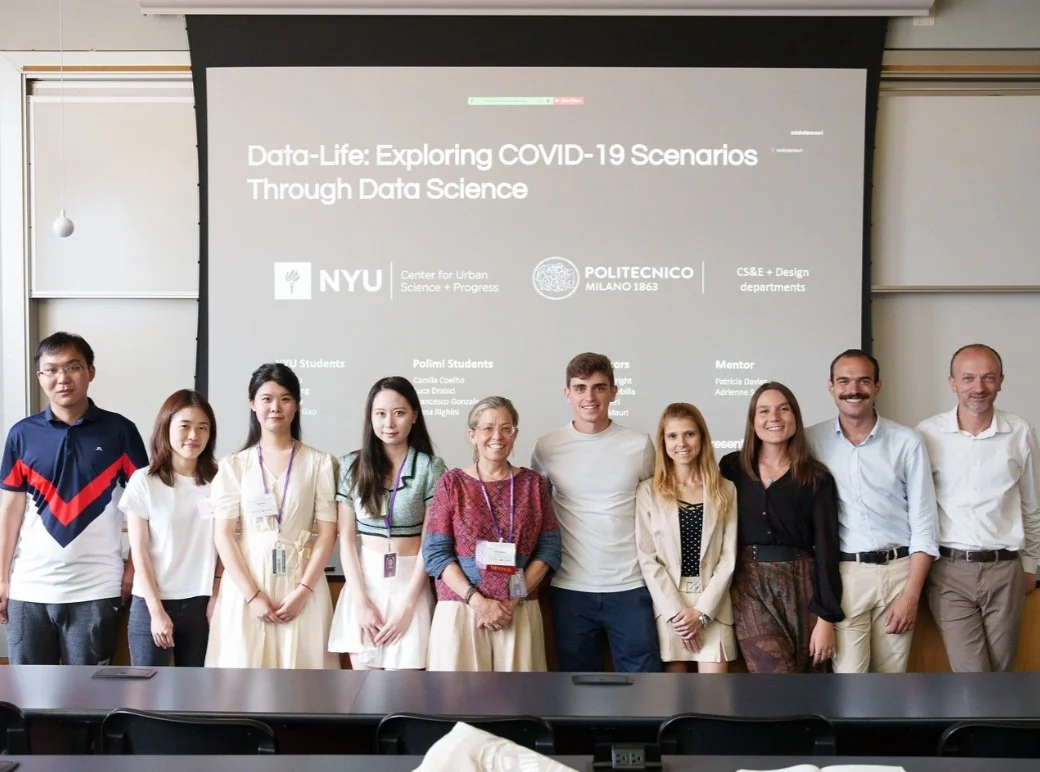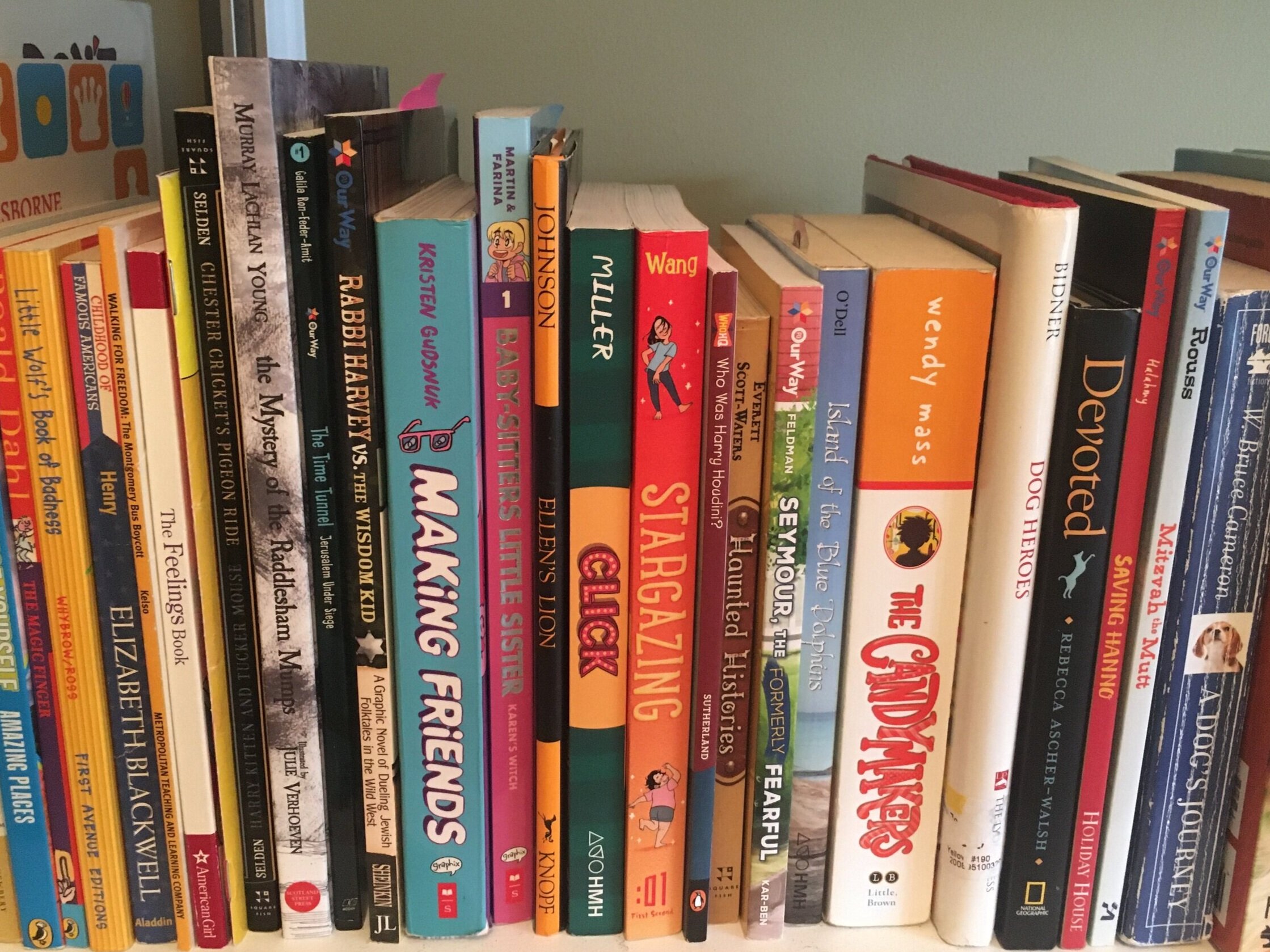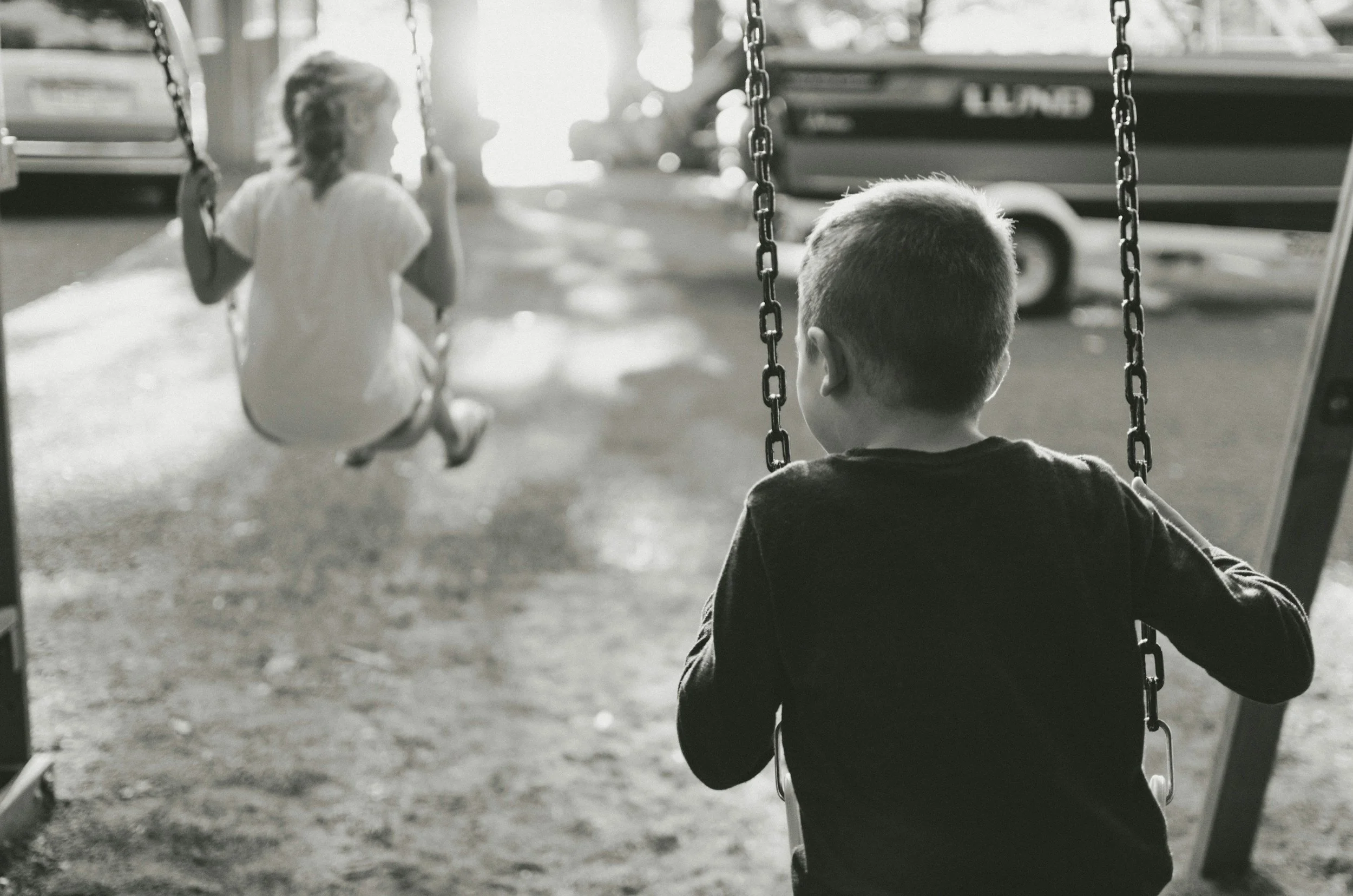No Cost Solutions to Improve NYC's Emotional Health
By listening to 40 CBO providers, our research surfaced resources and suggestions that, with good leadership and strategic thinking can be implemented at little to no cost. Because hiring more staff is only part of ensuring that attention is paid to the emotional and mental health needs of our City's most vulnerable.
PLACE MATTERS: Education, Location and Opportunity
If schools were equitable, race or income wouldn’t be predictors of academic outcomes.
It’s a New Year: Time to Face Your Financial Fears!
When we talk about money we can face fears and take action together to advocate for ourselves and others, and the earlier we start, the better. That's why bringing financial education into our classrooms is so important.
The Other PPP: Principal-Parent Partnership
Parents and guardians are one of a school's greatest assets in finding solutions and offering help in a pinch. They volunteer time, share skills and donate money, benefiting all students (not just their own). A big part of what made my kids' elementary school so successful was the collaborative spirit of our families, principal and teachers. So it frustrates me when I see a school that needs help, and its principal fails to take advantage of the help that many parents want to give.
Empowering Schools Through Community Voices
To be clear, the purpose of a focus group is to give stakeholders the space to share their experiences and perspectives on issues that are important to them. This allows the listener to collect valuable data that can be used in creating responses that fit your community’s needs. Engaging in focus groups also gives stakeholders the opportunity to connect with neighbors and colleagues towards a common goal
Conditions for shelter: whose rules are they?
Untreated mental illness and emotional disorders, self-medication with mind-numbing chemical substances that overtake the individual’s judgement and ability to self-manage are the real causes of homelessness. Urges and choices that involve illegal activities, sometimes violence, and often, a disregard for the impact of one’s choices on others (family members, neighbors, community supports and random strangers) are what perpetuate homelessness for the vast majority.
NY State Education Dept: Testing Over Learning
Instead of teaching and learning, teachers and a few students will get to spend 4 days with tests for the sake of bureaucratic rules from the Federal and State education departments.
Challenging the digital divide during the pandemic.
In April, my son’s 8th-grade teacher asked her students to read a book a week from a list of suggested titles - downloadable. That’s when I decided to make it my mission to challenge our dependency on screens… So far, most of the proposed solutions to education during COVID-19 involve screens and technology. That has become the de facto solution to learning from home. And it assumes that all families have the same facility with technology.
How Government Procurement Disadvantages Small Businesses
New York City procurement rules actually hurt many small businesses, including MWBEs.
Separate and unequal.
The vast majority of NYC families opt for public school. But the decision-making doesn't end there. The overwhelming process of choosing a middle school continues. Because public schools are not equal –by design.
High School Lock Up
Ever been greeted at a public school with a metal detector and half a dozen security guards where parents are forbidden to enter?
Scaling with partners: starting off right
How do you start building partner leads? You can start with a Google keyword search to find leads with specific criteria. But if you’re looking to cast a wide net, organizations that receive government support can often be found through government data portals which is where we found a list of hundreds of City-funded programs for Seniors.
High School Directory. Now online!
Frustrated with the NYC “My Schools” search restrictions and the heft of a 600 page directory? This free on-line directory that let’s you find school information on-line and in one place.
The Catch-22 of De Blasio's PreK
If you’re a parent of a four year old, in need of After-School, you most likely have some tough choices. Apparently, NY State thinks the school building is safe enough for PreK students from 8:30 - 2:30 but not after that. And the State doesn’t trust the same After-school staff who care for Kindergarten children to care for PreK children.
New York is designed to keep kids segregated.
I’ve learned that our schools and neighborhoods will continue to grow more disparate and segregated until New York’s policy makers treat early childcare, education and extra-curricular enrichment as an investment in whole families all along the income scale.
Middle School Community Search Tool
It’s finally here! a Google map we’ve created that includes every District, Boro and City-wide middle school for Manhattan students/residents. Easy to use and including enough basic info. you need to know to help narrow down your search. Click through the link below to go directly to the map and start exploring!
School District1 walks the diversity talk.
Community leaders in NYC School District 1 are serious about promoting our schools and supporting our families. To demonstrate, they’ve organized a walking tour of (almost) every District 1 middle school for families to visit. Doors will be open this Saturday for parents and students (especially those who have a hard time touring during the work week) to meet teachers, principals and other parents from each school, to ask questions and learn about options. The goal is to encourage families to expand their choices and encourage the community to engage in diversifying our schools in this highly segregated neighborhood. We’re looking forward to joining the walk!




















